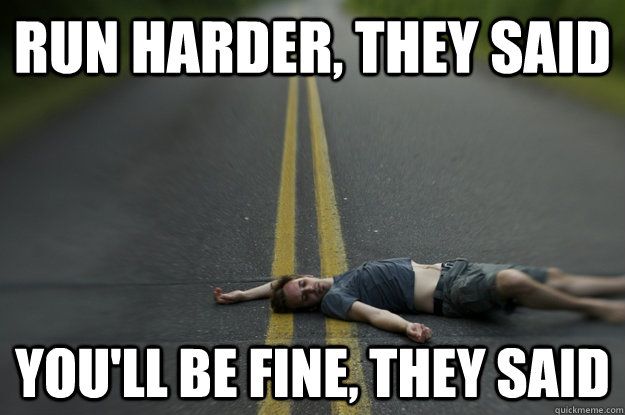Summer running and how to beat humidity
Here in Central Pennsylvania, the past week has seen temperatures hit the 90s, with humidity to match. For us runners, it makes getting outside for a quality workout a challenge because the high temperatures stress our bodies and can make running more difficult. Why is that? As we run, our internal temperature warms up. That’s why we don’t necessarily need to bundle up when temperatures are in the 40s and 50s. During the summer, our core temperature still rises, but our bodies have trouble cooling down because sweat doesn’t evaporate as quickly or at all when the humidity is high.
Physiologically, this is what happens, according to Mayo Clinic:
To help cool itself, your body sends more blood to circulate through your skin. This leaves less blood for your muscles, which in turn increases your heart rate. If the humidity also is high, your body faces added stress because sweat doesn’t readily evaporate from your skin. That pushes your body temperature even higher.
Mayo goes on to say if you develop any of the following symptoms, stop exercising immediately before they worsen and get out of the heat:
- Muscle cramps
- Nausea or vomiting
- Weakness
- Fatigue
- Headache
- Sweating extensively
- Dizziness or lightheadedness
- Confusion
- Irritability
- Low blood pressure
- Increased heart rate
- Visual problems
The question, then, is how do you run in the dead of summer, when temperatures and humidity can make it risky?
Avoid the hottest part of the day
The afternoon sun can be brutal, and temperatures often hit their peak during the afternoons. If you can, lace up for a run early in the morning or in the evening when temperatures are cooler. The Elizabethtown Running Club has moved its Sunday runs from 4 p.m. to 6 p.m. because of the hot summer weather, and we have noticed a difference in the comfort level. Keep in mind, though, that the humidity can still make it feel hotter than it is, and you need to be aware of the symptoms above.
Slow your pace
We are just like every other runner: After we start our GPS watch, we want to know that we are nailing the pace, and if we don’t we feel as if we’re not getting our proper workout done. The fact is that the warmer the temperature the slower you’re going to run. This temperature calculator from Runners Connect gives you an idea of how much your pace slows down at specific distances. If you start out slower, you’ll have a better chance of having a quality workout and avoiding any heat-related problems. Even when you do slow your pace, expect that you might end up stopping or walking for a little while. There’s no shame in that.
Take it inside to the treadmill
If you’re not used to running in hot, humid weather, your best bet might be to run on the treadmill. It’s never an ideal workout – and who wants to do that when you can throw on a pair of shorts and a t-shirt and head outside? – but you’ll probably feel much better in air conditioning if than if you attempt a run outside.
